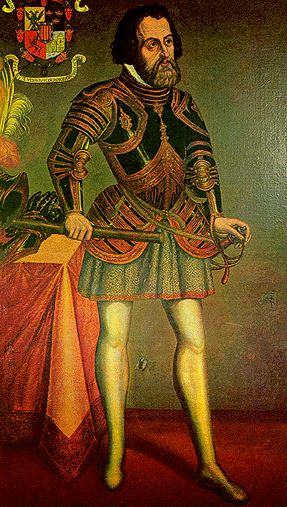Epidemics, Slavery, Massacres, and Indigenous Resistance 1492-1599
1500-1542
Encomienda system of communal slavery and rise of Mestizo

Under Spain during this period, more than 2,500 Natives are shipped to the Iberian Peninsula as slaves. By the mid-1550s, Queen Isabella officially declares Indian slavery illegal, but it continues in Spanish colonies via the encomienda system, a communal slavery system. The Spanish Crown provides a grant (encomienda) to a Spanish colonizer (encomendero) stipulating access to Natives, who are expected to provide labor and tributes to the encomenderos. Encomenderos are also mandated through these grants to convert Natives to Christianity and endorse Spanish as their primary language. Native peoples are forced to engage in hard labor and subjected to torture, extreme abuse, and, in some cases, death if they resist (Nies, 1996). The encomienda system, because it was tied to indigeneity, helps facilitate intermarriage of Indigenous people with non-Indigenous spouses (e.g., Spaniards or Creoles) and sets the stage for the rise of the mestizaje caste system by the 1700s. Mixed-blood offspring cannot, by law, be subject to the encomienda communal slave system because they are mixed and no longer “Native.” Thus, the encomienda system lays the foundation for the uptake of a Mestizo identity and population and the relinquishment and renunciation of Indigenous identities (Nies, 1996).